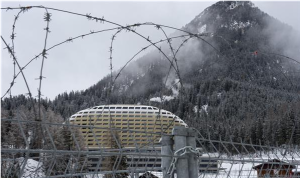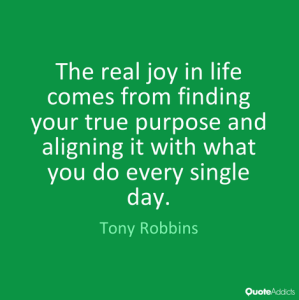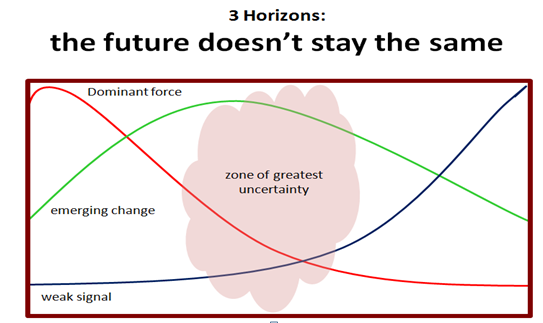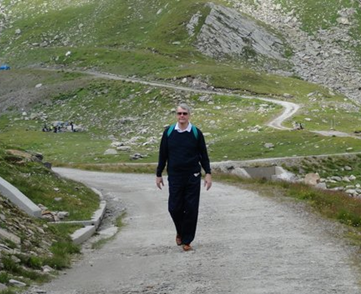
So the annual meeting in Davos is currently taking place. Those of us who are peering through the barbed wire trying to understand and pick up on current thinking by many of our global leaders are scratching our heads, wondering
We hope we can deepen our understanding of these trends, wanting Global leaders to turn their talking into real action and also be ready with applicable supporting solutions or at least readying ourselves for these possible changes. Our leaders do need help.
Listening and watching you do question who is actually tuned-in to the current trends or not. Oh yes, Davos is back full of conflicting signals and potential promises.
PwC have produced their annual global CEO survey (download here) and lead with this as the suggested conclusion from interviewing 1,344 CEO’s across 68 countries:
“The global economic recovery continues to be fragile, but with immediate pressures easing. CEO’s are feeling more optimistic and gradually switching from survival mode to growth mode.
As the latest PwC Annual Global CEO Survey shows, the changes they’re making within their organisations now have less to do with sheltering from economic headwinds and more to do with preparing for the future”
So how are CEO’s responding?



 Don’t let anyone tell you it is easy to run your own business, it is far from that. I thought I’d write about what and where it has meaning for me in this “finding our true purpose”.
Don’t let anyone tell you it is easy to run your own business, it is far from that. I thought I’d write about what and where it has meaning for me in this “finding our true purpose”.

